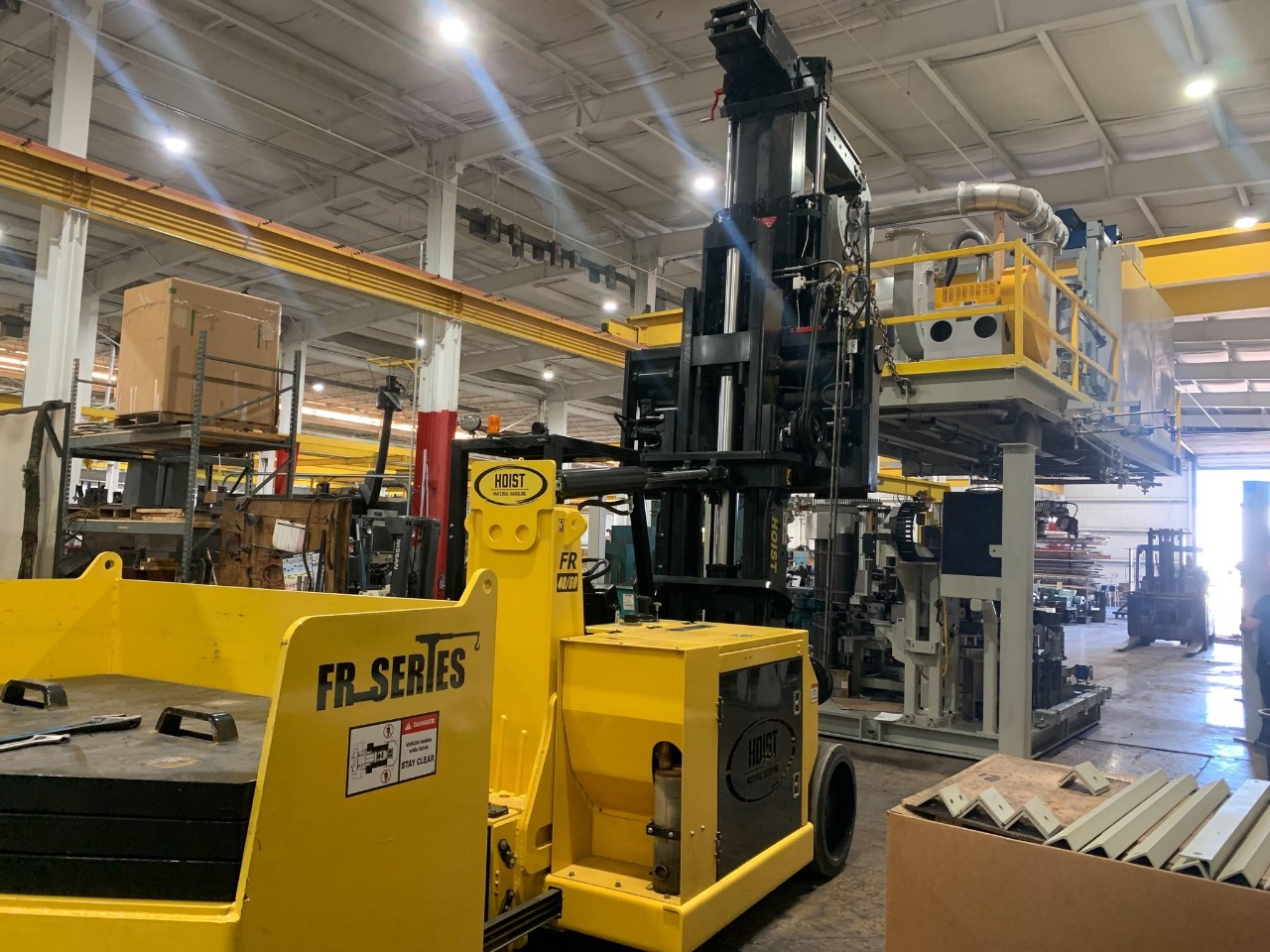Posted inBlogs
Discovering Family Members in english: Boost Your Pronunciation and Singing Skills with Vocaberry
When learning a new language—or improving your vocal clarity—knowing how to say family members in english is more important than you might think. Not only does this vocabulary help you…





